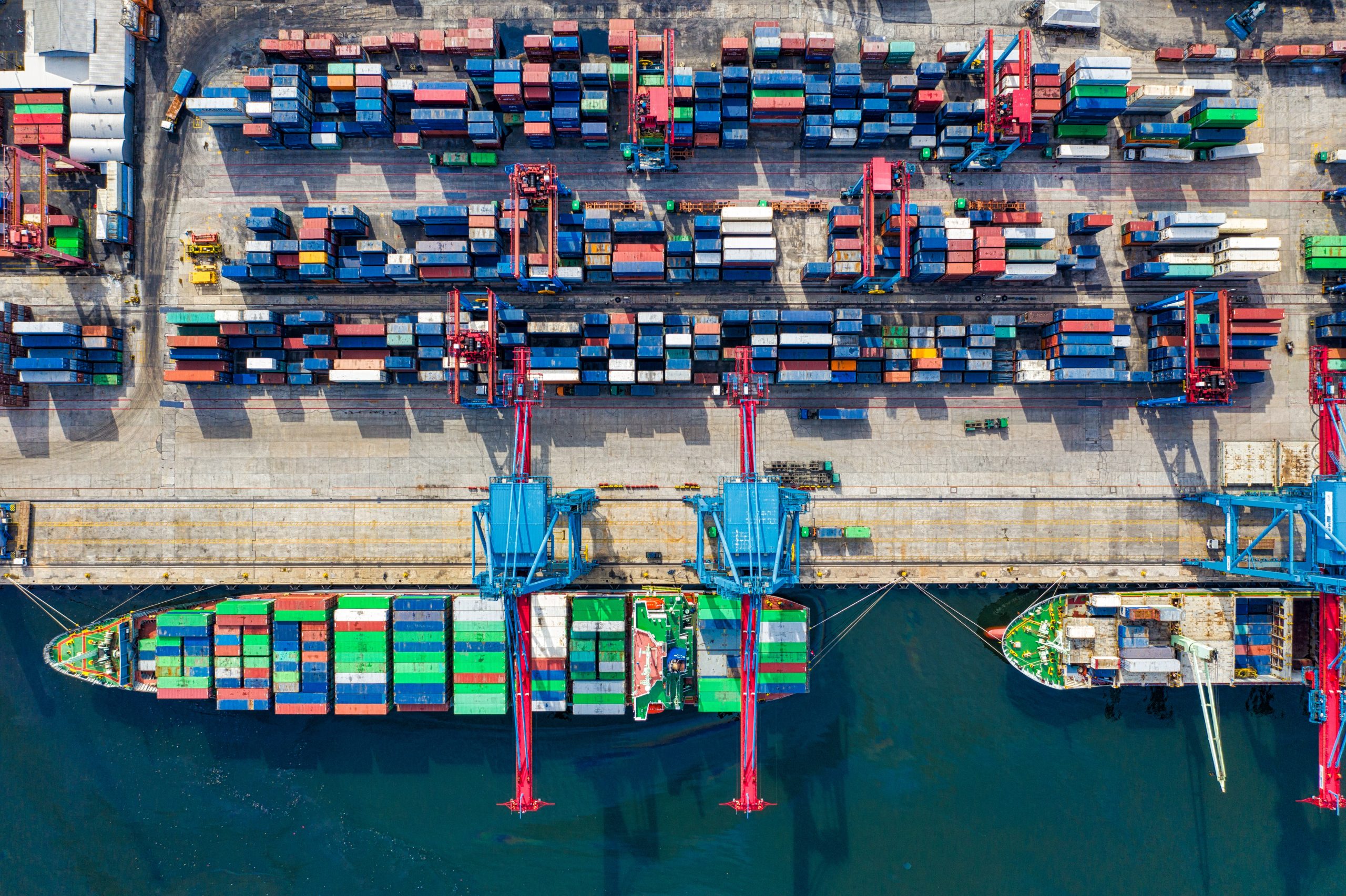Supply chains have been teetering on the brink of downfall for many years from issues such as labor shortages, and the pandemic has only highlighted this problem further. When lockdowns started around the world, many empty shipping containers remained where they were. However, in early summer 2021, many countries loosened restrictions around COVID, unleashing pent-up consumer demand.
Global lead times are now stretching six to nine months out. In the U.S. Census Small Business Pulse survey, held from May 31 to June 6, 2021, 36% of businesses reported delays with domestic suppliers. The problem is exacerbated further due to manufacturers seeing their workforce diminish rapidly and failing to rebuild it to full strength. Additionally, raw materials are taking a lot longer to reach manufacturers, and they are also becoming more expensive, particularly in the electronics industry.
If manufacturers need to make better use of what raw materials they do have, then gathering and analyzing real-time data from sensors on production lines can significantly reduce how much raw material is necessary to get products out the door. This can additionally decrease reliance on the global supply chain if products can be made from existing inventory.
Not only do advanced analytics reduce the supply of materials needed for a factory, but also help to find alternative vendors for materials that are in short supply. Let’s take a closer look at the key impact that these industry 4.0 technologies can have in easing the burden on the global supply chain.
Reducing scrap to better utilize raw materials
To stop the overproduction of scrap and allow more time to be spent on improving the uptime on the production line, manufacturers should rely on intelligent manufacturing. With factories having limited capacity at the moment, they need all the help they can get—smart sensors can track data and produce real-time analysis, allowing workers to identify issues such as poor quality and scrap earlier so the restricted raw materials are harnessed properly.
Communication on inventory status
Manufacturers should aim to use real-time communication for multiple reasons. But in the case of improving supply chain issues, it can allow the tracking of inventory from a number of different vendors if they are connected with the factory with real-time communication channels. Visual Slack messages updating an inventory status are also suited to the remote conditions of a supply chain.
Agent-based modeling
Agent-based modeling, a computational model for simulating the actions and interactions of autonomous agents, is often used to track how different nodes within a network can affect something that doesn’t appear to have any correlation. In the case of a steel company looking into where to source their materials from, agent-based modeling could be used to track who has better supply more effectively.
For example, if supplier A has made X number of shipments in the past few weeks, and supplier B has completed 30% fewer shipments, we can conclude that supplier A has a better inventory level. So, using machine learning tools in this scenario utilizes data over many months to give predictive insights on these future shipment patterns.
Factory managers around the world can use the supply chain upheaval to take a completely fresh look at their supply networks and understand how smart solutions can make them more robust to factors seemingly out of their control. Smart sensors, improved communication channels, and modeling can all enable manufacturers to harness precious raw materials better and utilize the best suppliers.
Source: www.inboundlogistics.com
Image: www.pexels.com



